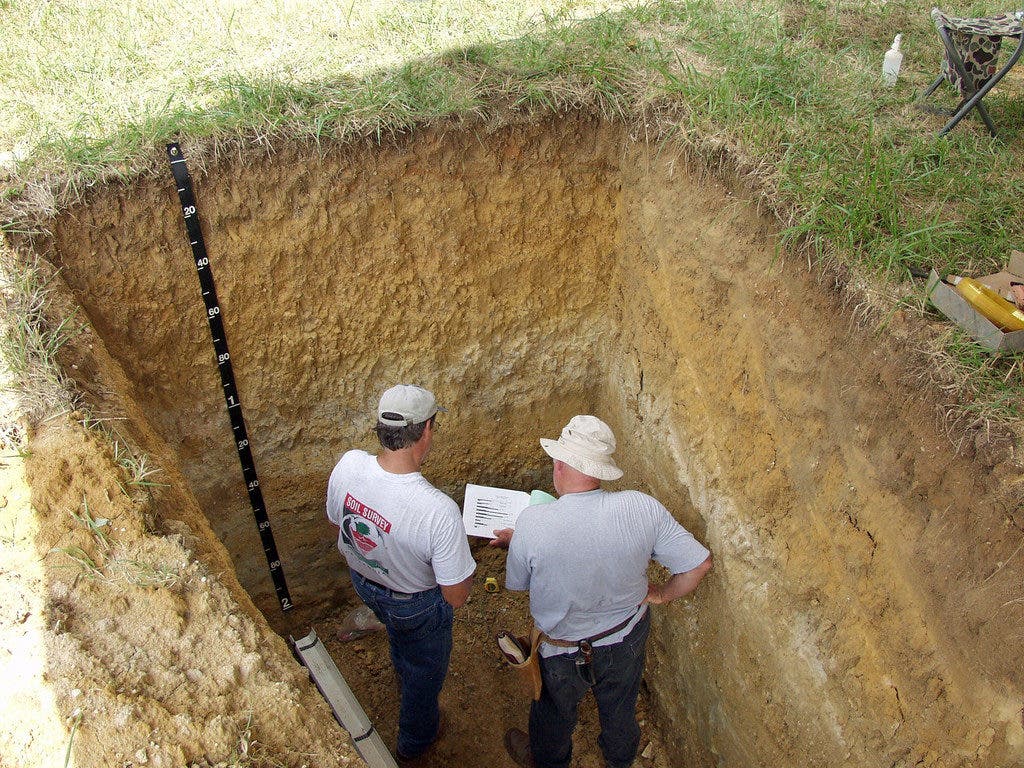A new study has shown that international collaborations have grown immensely, with very fruitful results.

Even those heavily involved in science were surprised to see just how much international cooperation has developed in science.
The number of multiple-author scientific papers with authors from more than one country more than doubled from 1990 to 2015, from 10 to 25 percent. Furthermore, science has also become more inclusive, with 58 more countries participating in international research.
“Those are astonishing numbers,” said Caroline Wagner, associate professor in the John Glenn College of Public Affairs at The Ohio State University, who helped conduct these studies.
“In the 20th century, we had national systems for conducting research. In this century, we increasingly have a global system.”
It used to be that science was a thing you did by yourself or perhaps with your colleagues. You’d go in your lab and just do things there. Scientific papers were very hard to acquire, you’d need a physical copy, and collaboration was highly limited. Well, now you can just access almost everything that was ever written in science online. You can talk on Skype or something similar, you can easily travel across countries and even continents… basically, everything lines up.
This would also explain why the growth was observed at all levels, and across all fields of science — something which was pretty surprising and exciting to see.
“You would think that researchers in math wouldn’t have a need to collaborate internationally – but I found they do work together, and at an increasing rate,” Wagner said.
“The methods of doing research don’t determine patterns of collaboration. No matter how scientists do their work, they are collaborating more across borders.”

Thing is, you’d expect fields of science where equipment is expensive and hardly available to develop most collaborations. Take particle physics for instance. Not everyone has a particle accelerator, and it would make a lot of sense for researchers to converge around such places. But even fields of science where equipment isn’t of the essence.
Wagner and the team studied the growth in international collaboration in six fields: astrophysics, mathematical logic, polymer science, seismology, soil science and virology. They were expecting astrophysics to be the field with the biggest increase, however, it was soil science that took the crown — with a 550 percent increase in the links between research groups in different countries.
“We certainly didn’t expect to see soil science have the fastest growth,” she said. “But we saw strong increases in all areas. It appears that all the fields of science that we studied are converging toward similar levels of international activity.”
Overall, it was virology that featured the most involved countries — which is a very good thing. Outbreaks such as Zika are international problems which require international collaboration.
“They aren’t working together because they need to share expensive equipment. They’re collaborating because issues like HIV/AIDS, Ebola and Zika are all international problems and they need to share information across borders to make progress.”
The study also revealed a different, intriguing aspect. Wagner looked at a country’s total “impact factor” — a score that measures how much other scientists mentioned that study in their own work. She did this for all studies of all authors in a country, and developed a sort of national index. She then compared this with the country’s spending on science, finding that the US invests more than any other country in science, seeing a good return on investments. However, smaller developed countries were more efficient than the US. Specifically, Switzerland, the Netherlands, and Finland outperform other countries in high-quality science compared to their investment. Then on the other end of the spectrum, China is drastically underperforming.
However, this only tells a part of the story. The impact factor is an incomplete and imperfect way of looking at the return on interest. The main takeaway is that science is evolving, and it’s evolving towards international partnerships. Having an ego-centric, isolationist approach isn’t going to help anyone.
“Science is a global enterprise now,” Wagner conclues.






